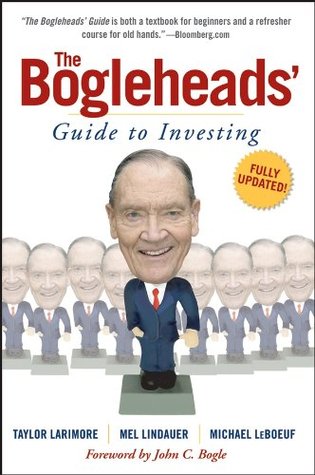More on this book
Community
Kindle Notes & Highlights
We will always read the prospectus to determine the published costs of any fund we are considering. We will always know a fund’s turnover so that we have an idea of the fund’s hidden transaction costs—the higher the turnover the higher the cost is likely to be.
We will not use wrap accounts. We will remember that low cost is the best predictor for selecting funds with above-average performance. Above all, we will remember—cost matters.
Mutual fund tax-efficiency, which is generally low in bull markets and high in bear markets, can result in misleading assumptions if measured over short periods of time.
every sale of shares in a profitable, taxable fund is subject to transaction costs and a capital gains tax. After paying the capital gains tax, you’d end up with that much less for reinvestment in another fund. It’s very difficult to pick an alternate fund that is so good that it will earn a superior return on a smaller investment.
If you decide you want to repurchase your losing fund, you must wait 31 days to avoid a disallowance of your tax-loss—called a wash sale. During the 31-day interim period, you can put the proceeds from the sale of the losing fund into a money market fund. Some investors fear being out of the market for 31 days. In that case, buy a similar (but not identical) fund during the 31-day waiting period.
ratings? To find the answer, we turned to Mark Hulbert, author of The Hulbert Financial Digest,
Journal of Finance.
The Motley Fools define market timing as “A strategy based on predicting short-term price changes in securities,
which is virtually impossible to do.”
The idea that a bell rings to signal when investors should get into or out of the stock market is simply not credible. After nearly 50 years in this business, I do not know of anybody who has done it successfully and consistently. I don’t even know anybody who knows anybody who has done it successfully and consistently.


